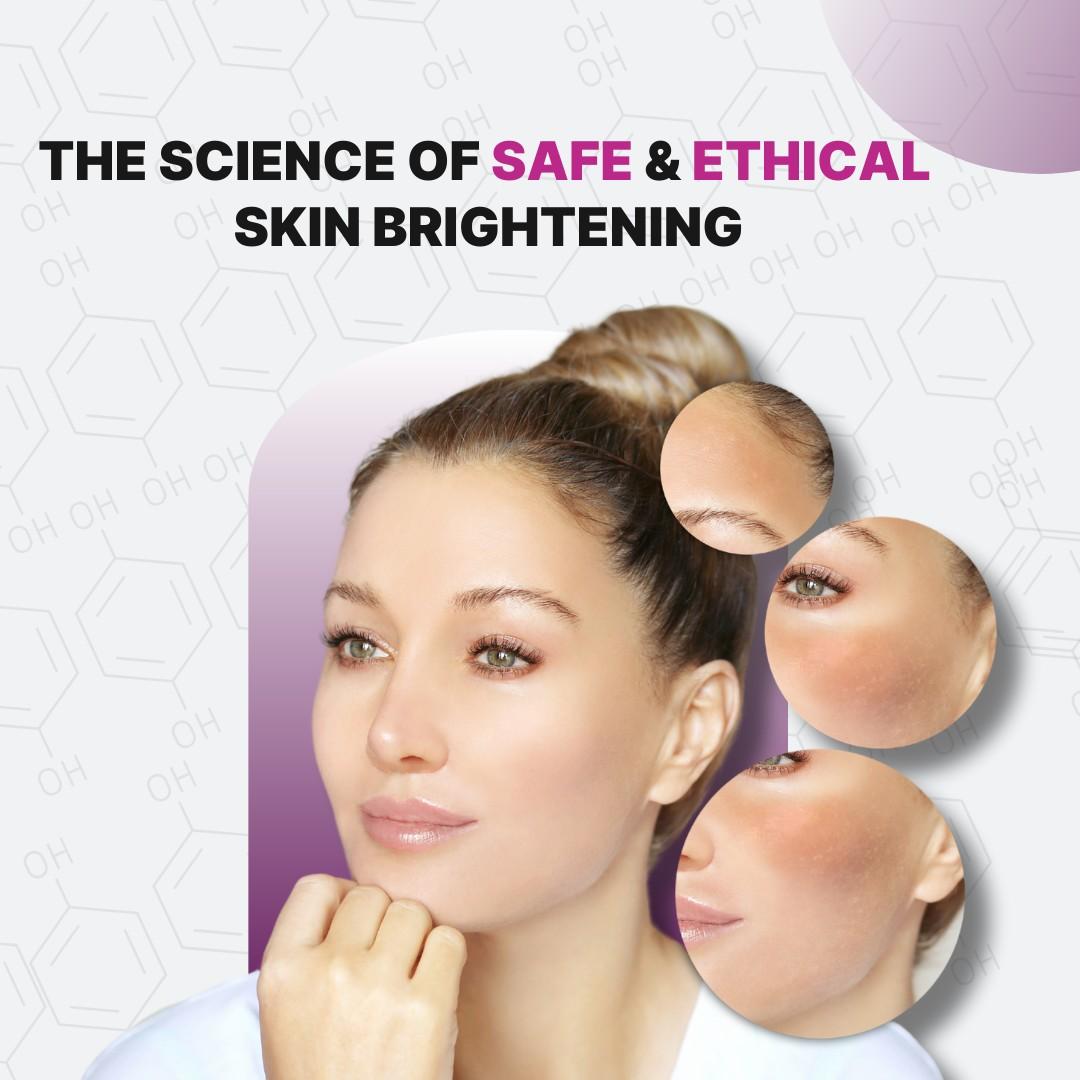4.Safety First – Moving Beyond Harmful Practices
The Dangers of Mercury, Hydroquinone & Steroid Abuse
The Dangers of Mercury, Hydroquinone & Steroid Abuse Use of hazardous agents continues in many markets despite their ban or warned use against by international governing bodies. Mercury, unregulated hydroquinone, and topical steroid risks can ruin skin, create systemic toxicity, and addiction. Moving to safer science-supported and regulated agents is imperative. Entities in Canada, the United States e.g. FDA, Nigeria e.g. NAFDAC, ASEAN e.g. ASEAN Cosmetic Directive, and EU are modifying their guidelines to protect consumers.






